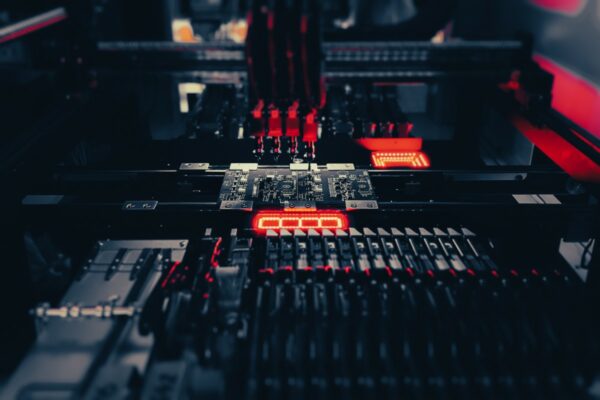What is Footprint
In the PCB industry, a footprint refers to the physical arrangement of through holes or pads on a printed circuit board that is specifically designed to electrically connect and physically attach a component to the board. It is also commonly known as a “land pattern.” The footprint on a PCB must match the arrangement of leads on a component.
Component manufacturers typically produce multiple pin-compatible products, allowing systems integrators to interchange components without needing to change the PCB footprint. These manufacturers often design specific footprints for their components, resembling the physical dimensions of the component. The land pattern provides information about the component’s placement and the location of traces on the PCB.
Designers utilize vias and traces to interconnect the land patterns on the PCB. Regardless of the component type, whether it is a ball grid array (BGA), surface mount technology (SMT), or through-hole technology (THT), the land pattern is crucial for PCB assembly. The PCB footprints indicate where components should be placed in the PCB layout and are included in the production files sent to the manufacturer during production.
Accuracy is of utmost importance when designing a PCB footprint. An incorrect footprint can lead to complications during the production process. Component designators, usually encoded in the component model, appear on the layout when a land pattern is placed. A component footprint consists of various parts, including silkscreen and more, contributing to the overall PCB design.





